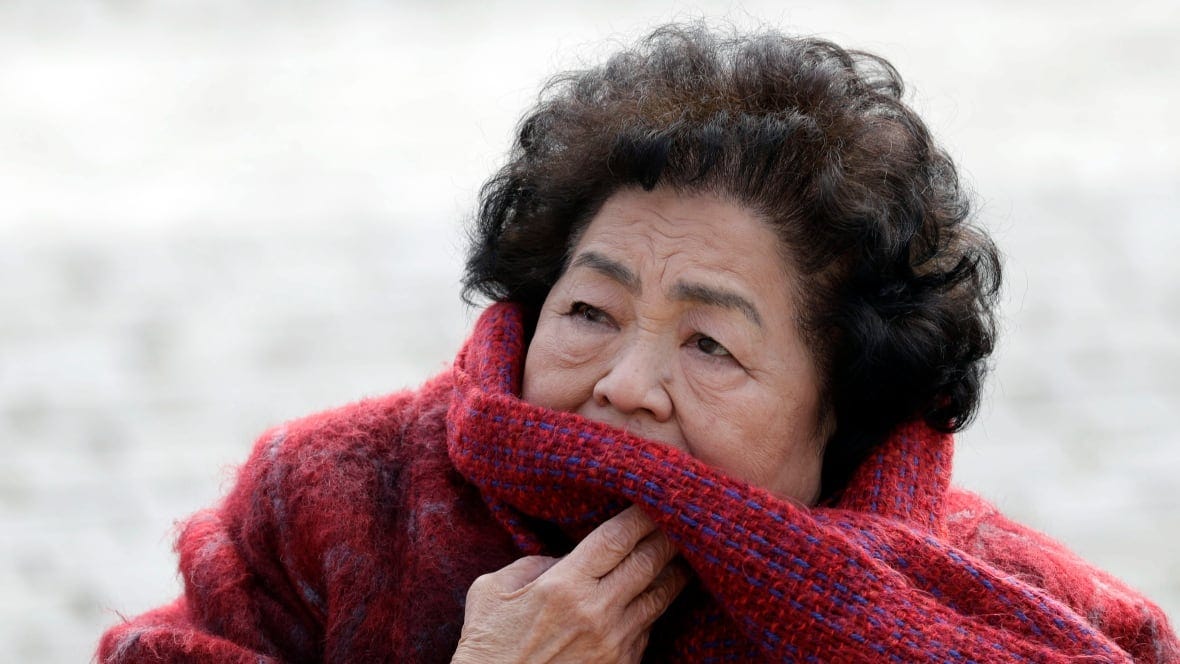80 years after Hiroshima, why are we still pretending nuclear weapons keep us safe? | Opinion
Dominant voices continue to spread irrational narrative that nuclear weapons are a necessary evil. It's unconscionable when the world is closer to nuclear catastrophe than any time since the Cold War.
In today’s world, civilians can document mass atrocities in real time, and their experiences are immortalized on social media and in news accounts. From Ukraine to Gaza, there is no denying the reality on the ground. But in 1945, the horrors unleashed in Hiroshima and Nagasaki were largely hidden from the outside world.
Eighty years later, thanks to the testimonies shared by those who survived the atomic bombings of my country, we have a window into the truth of what happened on those dark August days when weapons of previously unimaginable power destroyed our cities.
We also know what happened over the torturous months and years that followed, as those who weren’t immediately burned alive succumbed to radiation poisoning and cancer.
Through their tireless testimonies and activism, the “hibakusha” also have shown us the way to protect ourselves and our planet from ever again suffering the ravages of nuclear war. Their courage, sacrifice and relentless advocacy have led to important progress on reducing nuclear risks.
How nuclear bombing survivors have helped the world
They helped fuel public demand for post-Cold War arms-control treaties that resulted in significant stockpile reductions in the United States and Russia.
They helped persuade nuclear-armed countries to stop explosive weapons tests that caused grave harm to the environment and to the servicemembers and civilians involved.
They worked to establish the “nuclear taboo” that has spared the use of nuclear weapons in warfare for eight decades.
They delivered millions of petition signatures to the United Nations that helped bring about norms and treaties to reduce nuclear risks.
Again and again, they have proved that progress is possible, and for their decades of work to ensure that no families, no communities, no cities, no country ever again face the unthinkable, the survivors in 2024 were awarded the Nobel Peace Prize. It wasn’t the first time the prestigious Nobel committee recognized efforts to rid the world of nuclear weapons ‒ and we are grateful for that recognition.
And yet, there is so much more work to be done. Dominant voices continue to spread the irrational narrative that nuclear weapons keep us safe, that deterrence will always work, that disarmament is not possible.
Nuclear weapons, they say, are a necessary evil in a dangerous world.
It has always been an absurd position, but it is unconscionable at a time when the world is closer to a nuclear catastrophe than at any time since the Cold War ‒ with wars raging in regions with nuclear weapons, more countries weighing whether to develop nuclear weapons and new technologies complicating already-complex weapons systems.
'As I crawled out, the ruins were on fire'
Today, the world faces the undeniable risk that a nuclear weapon will be used again while the world’s nuclear powers pour trillions of dollars into the dogma that nuclear weapons can secure peace.
Those funds are badly needed to invest into resources and knowledge to build a new security system that will not rely on nuclear weapons.
As the governor of Hiroshima, I urge the people of the world to listen to the warnings of the hibakusha. Their stories are hard to hear, but their chilling testimony has never been more important.
It stands today as the most powerful and poignant rallying cry to wipe nuclear weapons off the face of the earth.

Just try to imagine living with Setsuko Thurlow’s memories. Now 93, she was a 13-year-old schoolgirl when the United States detonated an atomic bomb over Hiroshima on Aug. 6, 1945. In 2017, she shared her story as part of her Nobel Peace Prize lecture, reporting on what she saw after emerging from under a collapsed building.
“As I crawled out, the ruins were on fire,” Thurlow said. “Most of my classmates in that building were burned to death alive. I saw all around me utter, unimaginable devastation. Processions of ghostly figures shuffled by. Grotesquely wounded people, they were bleeding, burnt, blackened and swollen. Parts of their bodies were missing. Flesh and skin hung from their bones. Some with their eyeballs hanging in their hands.”
In 2024, in accepting the Nobel prize on behalf of Nihon Hidankyo, a group representing survivors, Nagasaki survivor Terumi Tanaka noted that among the world’s more than 12,000 nuclear weapons ‒ many of which are far more powerful than those detonated over Japan ‒ 4,000 are deployed and ready to be launched at a moment’s notice.
“This means that damage hundreds or thousands of times greater than that which happened in Hiroshima and Nagasaki could happen right away,” Tanaka said.
He called on all of us to raise our voices: “The average age of the A-bomb survivors is now 85. Ten years from now, there may only be a handful of us able to give testimony as firsthand survivors. From now on, I hope that the next generation will find ways to build on our efforts.”
Demanding a nuclear-free world isn’t naive. True naivete is believing that weapons designed to annihilate cities will keep us safe.
Evil is never necessary. The only way to guarantee that these weapons are never used again is to eliminate them once and for all.
Hidehiko Yuzaki is the governor of Hiroshima Prefecture and president of Hiroshima Organization for Global Peace, which works for a peaceful world without nuclear weapons.